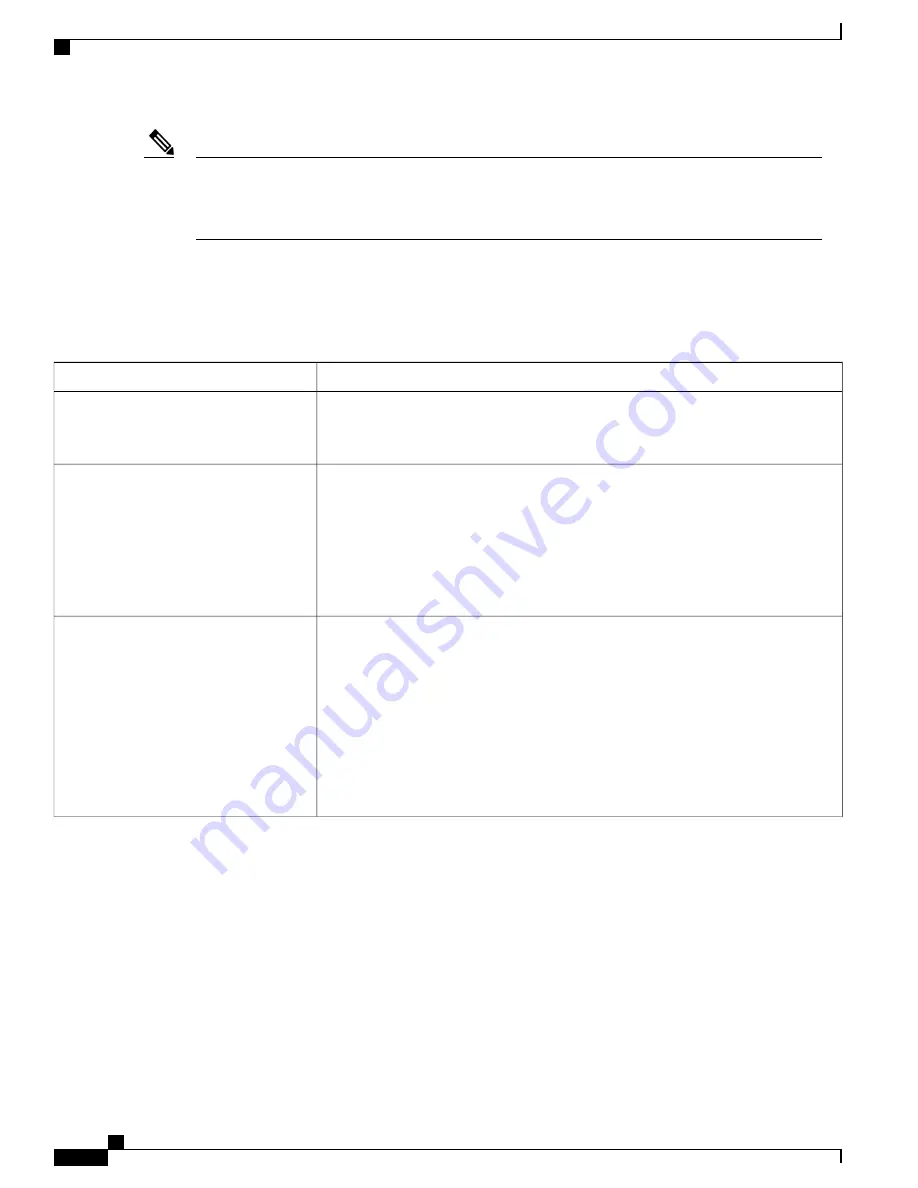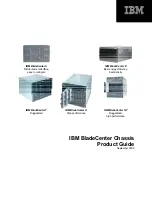
The installation of a Cisco NCS 6000 FCC may require space, floor loading, power, and cooling
modifications to a facility. Therefore, you should plan the site well in advance of the scheduled delivery
of the FCC. For site preparation information, see the
Cisco Network Convergence System 6000 Series
.
Note
Fabric Card Chassis Components
Table 3: Main Components of the Cisco NCS 6000 FCC
Description
Component
The chassis midplane distributes power and provides interconnections for other
components in the system. Each S2 FC is connected through the midplane to the FCC.
The midplane is not a field-replaceable unit (FRU).
Chassis midplane
The FCC has 12 FC slots: Six FC slots on the front side of the FCC (three slots on the
upper cage and three slots on the lower cage) and six FC slots on the rear side of the
FCC (three slots on the upper cage and three slots on the lower cage). See
Cisco NCS 6000 FCC Slot Numbers
. For an overview of the fabric, see
Overview, on page 150
.
Each S2 FC supports up to 32 CXP modules. Each S2 FC2 supports up to 32 CXP2
modules.
S2 Fabric Cards (FCs)
The connections between the LCC and the FCC are implemented through a number of
bi-directional optical links. Pluggable CXP/CXP2 optics are used for these interconnects.
•
In 1T multi-chassis (MC) mode, CXP optical modules connect the S2 FC and S13
FC together.
•
In 2T MC mode, CXP2 optical modules connect the S2 FC2 and UFC together.
The CXP module (CXP-100G-SR12) and the CXP2 module (ONS-CXP2-SR25) use
a 24-fiber MPO connector that supports 12 bi-directional optical links up to 100 meters
of OM-4 multi-mode fiber.
CXP/CXP2 optical modules and connectors
Cisco Network Convergence System 6000 Fabric Card Chassis Hardware Installation Guide
4
Overview
Fabric Card Chassis Components



































